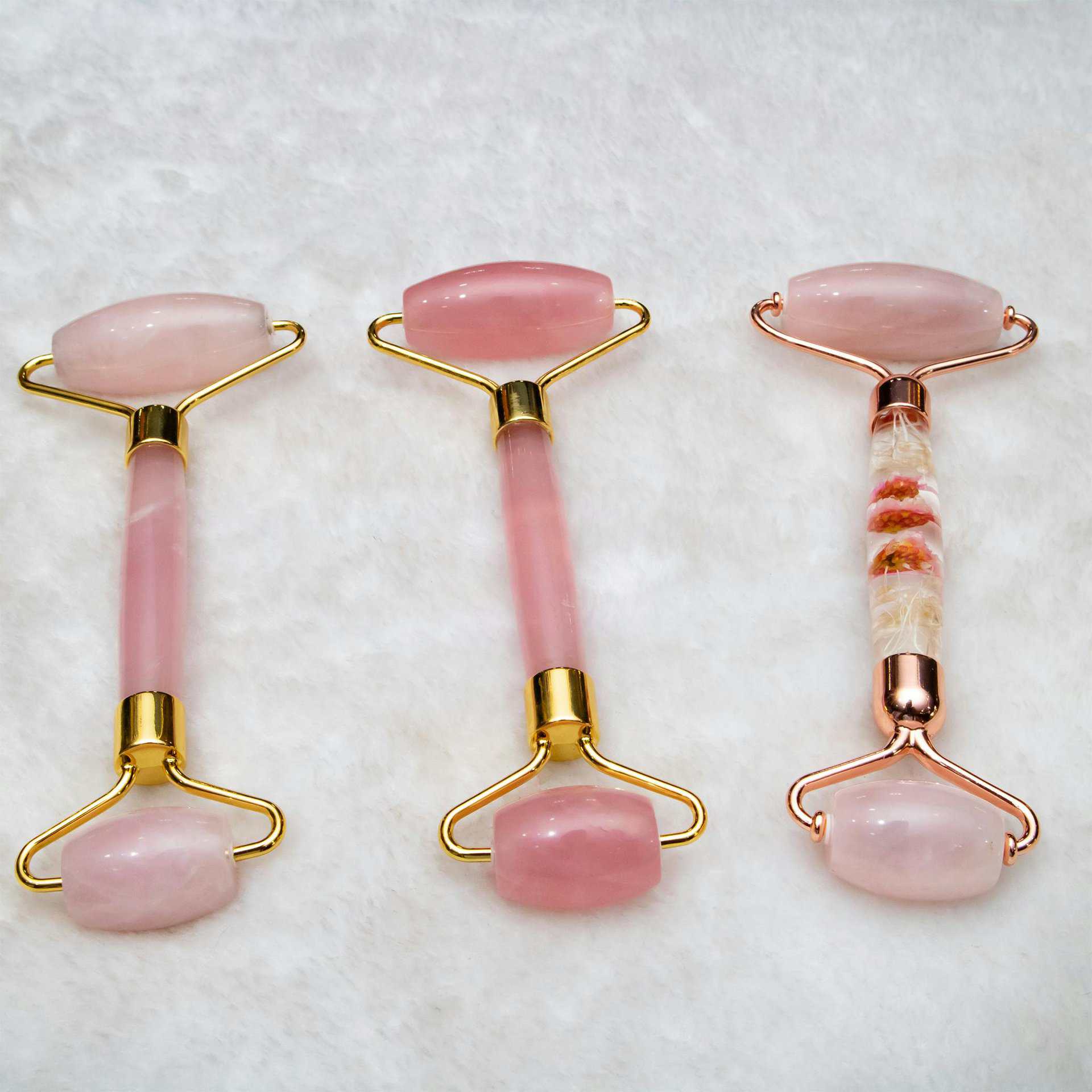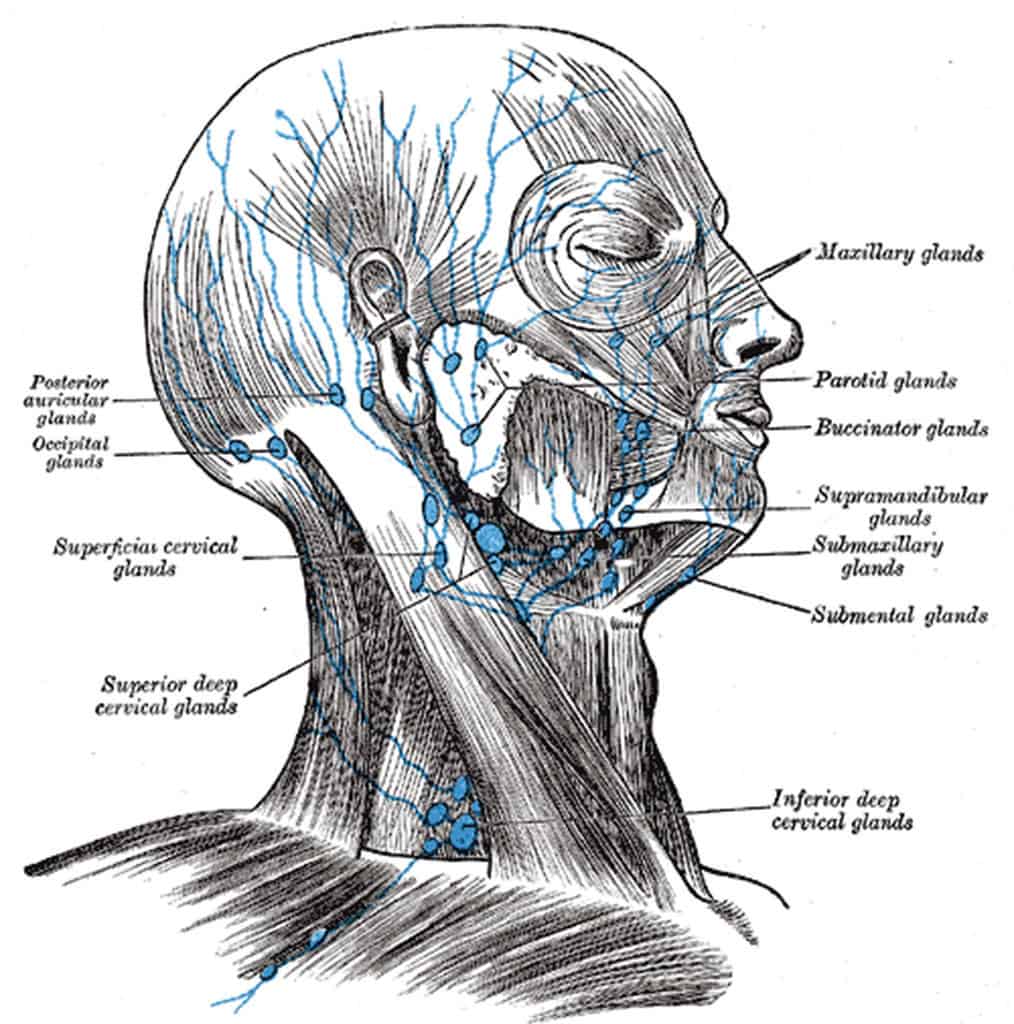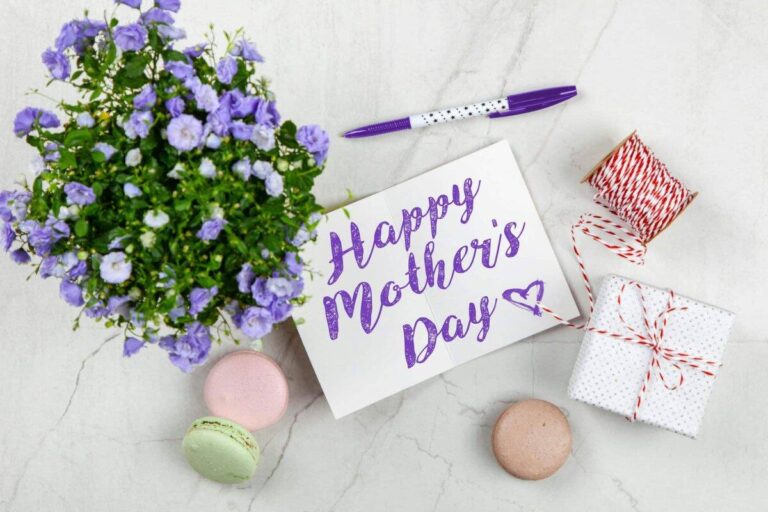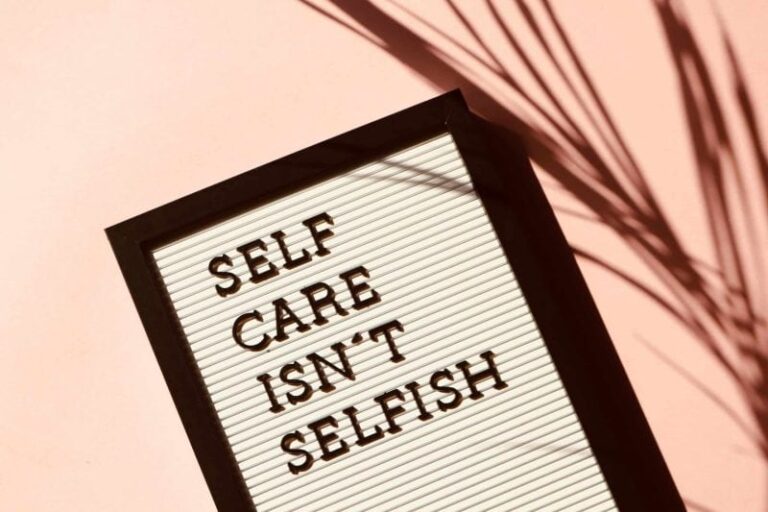The Science (and Hype) Behind Lymphatic Draining: Is It Worth It?
Lymphatic draining has officially entered the chat. From TikTok tutorials to spa menus promising detox miracles, this once-obscure process is now the darling of wellness influencers and skincare evangelists alike. But beneath the jade rollers and buzzwords is a system that’s been quietly doing its job without trendy attention, without hashtags, and certainly without needing a $200 serum to function. So what’s real and what’s hype? And why does everyone suddenly care so much about lymphatic draining?
What Is Lymphatic Draining, Really?
Here are the basics of what is happening. The lymphatic system helps the body get rid of waste while regulating fluids and supporting immune function. It’s not glamorous, any form of removing waste is usually not glamorous in any way, but it is always essential. Think of it as the body’s sanitation crew, always working, rarely celebrated. Lymphatic draining refers to techniques like manual massage and compression therapy that stimulate this system and encourage fluid to move. In theory it is said this helps reduce swelling and supports detoxification.
Sounds legit, right? It is — mostly. The science behind lymphatic draining is basic anatomy and physiology. It’s used medically to treat lymphedema and swelling after surgery, often with success, which is awesome. But the leap from surgical recovery rooms to the newest beauty trend has introduced a whole lot of sparkle, and not all of it is backed by evidence. Somewhere between the spa table and the influencer’s bathroom counter, lymphatic draining became less about biology and more about branding. But is anyone worried about doing it wrong? This is your body and its systems. At least brush up on that good old HS A&P knowledge, yeah?
The Rise of the Lymphatic Lifestyle

Enter the wellness wave. Lymphatic draining is now marketed as a cure-all. Claims of reducing puffiness, fatigue, bloating, and even cellulite have been made. Spa treatments promise instant sculpting…instant. Influencers swear by daily rituals involving rollers, oils, and elaborate massages. The aesthetic appeal is undeniable — who doesn’t want to feel lighter, brighter, and more “detoxified” in the best possible ways?
Don’t order all those trendy tools just yet. Many of these claims are anecdotal at best. Science doesn’t always keep pace with marketing hype either. While lymphatic draining can temporarily reduce fluid retention and improve skin tone, it’s not a magic bullet. The body already performs lymphatic drainage naturally, and most people don’t need help unless there’s a medical reason. The idea that a few swipes of a rose quartz roller can undo a weekend of indulgence. That’s wishful thinking dressed up in wellness chic.
Still, there’s something undeniably soothing about the ritual. The act of slowing down and touching the skin with intention, tuning into the body’s rhythms has value even if the results aren’t as dramatic as promised. In that sense, lymphatic draining may be less about transformation and more about attention.
What the Research Actually Says
Studies on lymphatic draining are mixed. Some show benefits for recovery after surgery. Others suggest mild improvements in circulation and even skin appearance. The evidence for long-term detoxification or weight loss just isn’t there. That doesn’t mean the practice is useless. It just means expectations should be realistic.
Manual lymphatic drainage done by trained professionals can be soothing and effective. It’s often used in clinical settings to support recovery. Self-massage may offer temporary relief from puffiness, but the idea that lymphatic draining can “flush out toxins” or dramatically change the body overnight? That’s where the hype outpaces the science.
It’s also worth noting that the lymphatic system doesn’t respond to pressure the way muscles do. It’s delicate, slow-moving, and easily overwhelmed. A crazy deep massage or aggressive tools used wrong can do more harm than good. The wellness trend might sound like the bee’s knees, but it is worth approaching with lots of care and a bit of skepticism.
Final Thought: Respect the System, Skip the Hype
Lymphatic draining deserves attention — but not worship. It’s a fascinating part of the body, and when approached with knowhow, it can be a valuable to a wellness routine. Just don’t let the glittery promises distract from the grounded reality. The lymphatic system isn’t a trend. It’s a quiet workhorse, not a miracle worker. And like most things in wellness, the real magic lies in consistency, intention, and knowing when to call hype what it is: a beautifully packaged exaggeration.
Disclaimer: This article is for informational purposes only and does not constitute medical advice. Always consult a qualified healthcare provider before beginning any new treatment or wellness practice.





